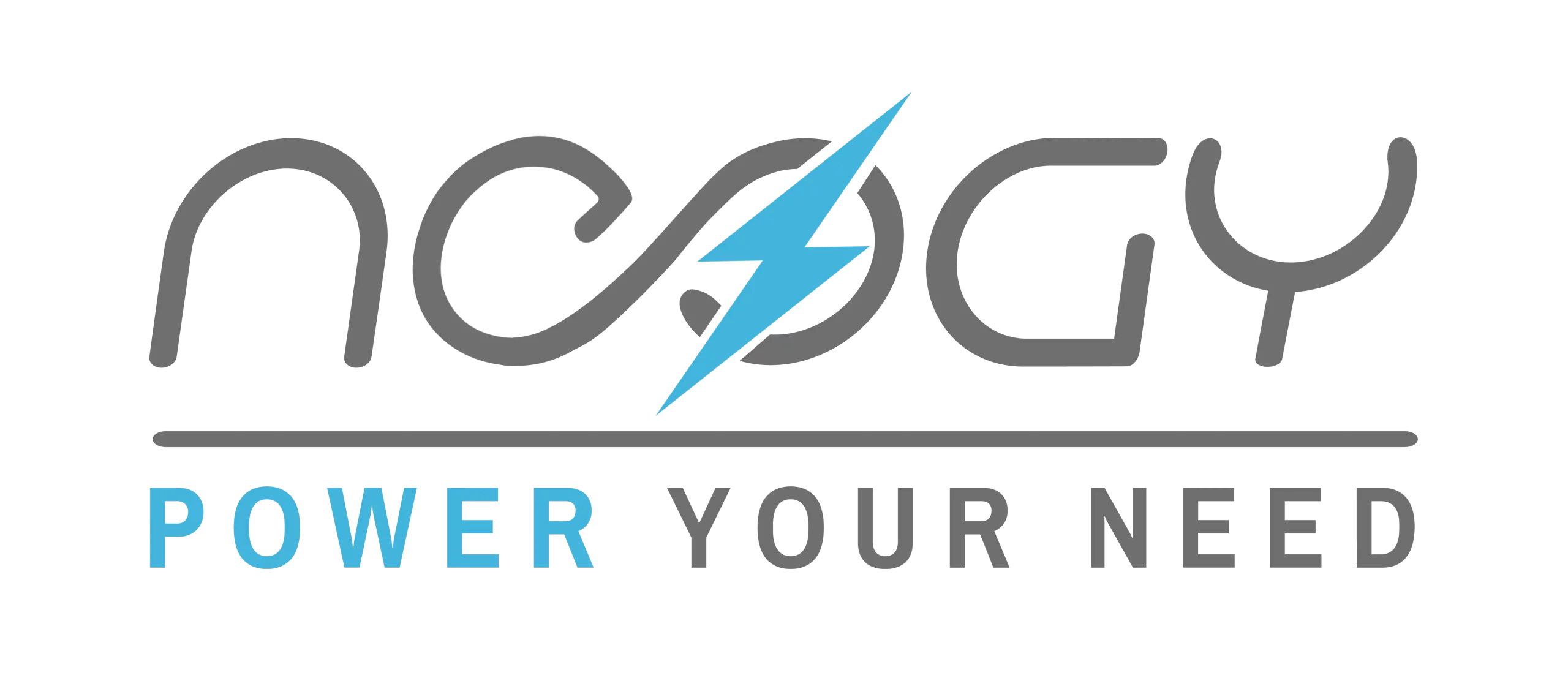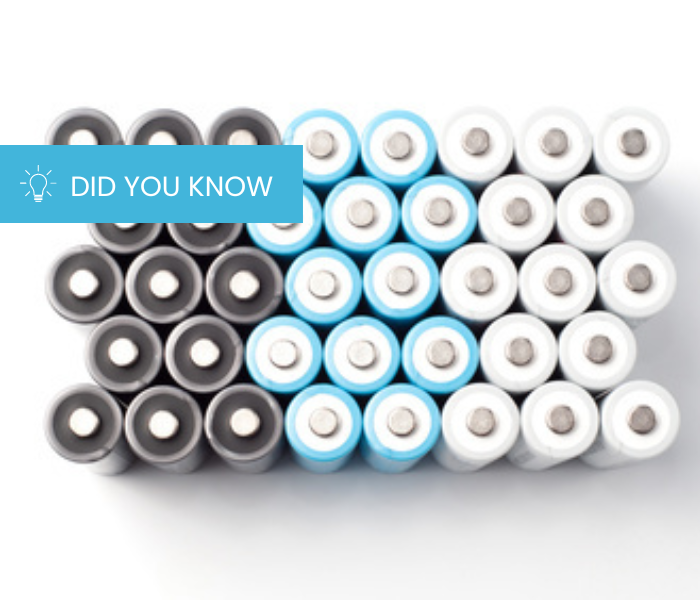One of the most important battery technologies for many markets is lithium-ion. These batteries are typically used for powering electronic devices, automotive, defence, robotics and off-grid solar systems because of the performance they offer in terms of energy density, power and lifetime.
However, with the increasing demand for more efficient and sustainable energy storage solutions, research and development of battery technologies has become crucial.
Over the years, many advances have been made in this area, leading to new and exciting technologies for battery development and manufacturing: sodium-ion batteries and solid-state lithium-ion batteries.
Sodium-ion battery technology
Sodium-ion batteries operate on the same basis as lithium-ion batteries. Sodium-ion batteries generally have a longer life than lithium-ion batteries, are less flammable and perform much better in low temperature conditions.
Although their use has not yet been democratised due to their recent discovery, they promise to be an economical and environmentally friendly alternative to lithium-ion batteries.
The economic advantage of sodium-ion batteries: a bet for the future
The advantage of sodium-ion is its availability. It is less rare than some of the raw materials (lithium, cobalt) used in the manufacture of lithium-ion batteries: there is about 300 times more sodium than lithium on earth.
Admittedly, the early stages of sodium-ion development point to more expensive cells than those made of lithium-ion. However, in the long term, their large-scale deployment will reduce their cost due to the abundance of raw material and the mastery of industrialisation processes.
The environmental benefits of sodium-ion batteries
In addition to being economical, sodium-ion batteries are more green. A study on the life cycle of sodium-ion batteries carried out a few years ago shows their impact on the climate compared to other batteries already in existence:
- Sodium-ion batteries are the least toxic to humans
- They have the lowest water pollution
- They are average in terms of depletion of natural resources and terrestrial acidification
Although sodium-ion batteries have many advantages, they need to overcome some challenges before they become a viable solution for large-scale energy storage.
The challenges for sodium-ion batteries
The main challenge of sodium-ion batteries is their low energy density.
Energy density is a fundamental pillar for judging the performance of a battery technology. Expressed in Wh/kg, it describes the ability of the battery to guarantee a certain amount of energy over time for a moderate weight.
The first sodium-ion batteries had an energy density of around 90Wh/kg, while lithium-ion batteries had a density of 110Wh/kg at their start. Today, sodium-ion cells go up to 160Wh/kg but their energy density is still lower than lithium.
It is true that sodium-ion batteries are not the most efficient solutions available today, but this could change in the years to come. Some cell manufacturers are investing in the development of efficient sodium-ion cells with :
- A recharge capacity from 0 to 100% in less than 10 minutes (Tiamat)
- An energy density that is very close to that of lithium-ion batteries (120Wh/kg for Tiamat or 140Wh/kg for Faradion).
To support the democratisation of this technology and to offer the best results to its customers, Neogy is partnering with Tiamat for the design of sodium-ion batteries.
However, sodium-ion remains a future technology that could compete with certain sub-categories of lithium-ion such as LTO (Lithium-Titanate) for the design of batteries for micro-hybrid vehicles.
Solid-state lithium-ion batteries, a promising battery technology
Solid-state lithium-ion batteries are considered one of the most promising alternatives to conventional lithium-ion batteries. While traditional lithium-ion batteries use a liquid electrolyte to transport lithium ions, all-solid-state batteries use a solid electrolyte.
An solid-state battery consists of two solid electrodes, usually made from materials such as lithium, silicon or metal sulphides. The electrodes are separated by a solid material called electrolyte which can carry ions.
When an solid-state battery is charged, ions of lithium (or other metals) are transported from the cathode to the anode. When it is discharged, the lithium ions return to the cathode. This movement of ions creates a flow of electrons that can be used to power electronic devices or other applications.
This technology offers many advantages over traditional lithium-ion batteries:
- Better safety and thermal stability: Solid electrolytes are non-flammable when heated, unlike conventional liquid electrolytes.
- Longer life: Solid-state batteries have a longer life than conventional batteries due to the stability of their solid electrolytes. Solid electrolytes are also more resistant to degradation over time, which will extend the life of the battery
- Higher energy density: Solid-state batteries can achieve higher energy densities than conventional batteries. This means that all-solid state batteries can store more energy in a given space, making them more suitable for applications that require higher energy density.
In addition, solid-state batteries can be manufactured using more affordable and durable materials than those used in lithium-ion batteries, which can lead to lower production costs.
Solid-state lithium-ion batteries are ideal for use in the renewable energy sector, such as solar and electric mobility.
Advances in battery technology have led to great progress. Development efforts are ongoing and will continue to rise in the coming years. This dynamic allows Neogy to opt for advanced technologies in addition to lithium-ion for the developpement of customised batteries adapted to all technical needs.

